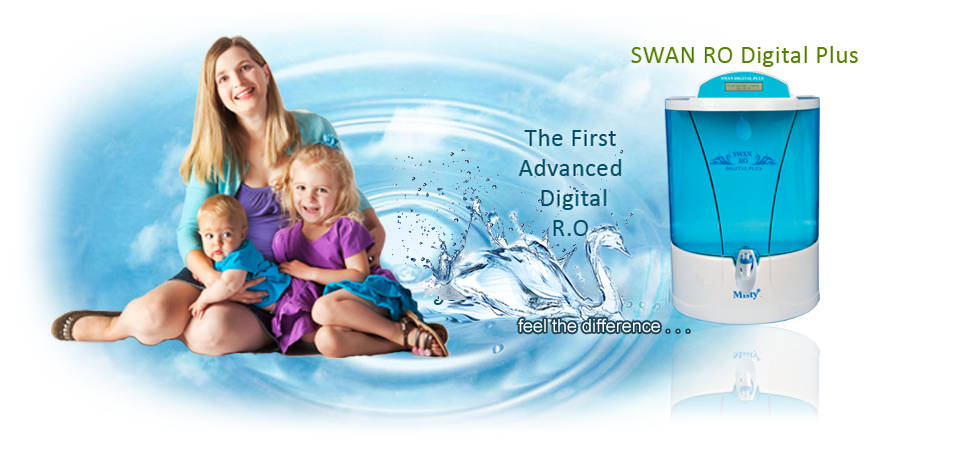
Cleaning Requirements
Introduction
The following are general recommendations for cleaning elements. More detailed procedures for cleaning a reverse osmosis (RO) system are typically included in the operating manual provided by the system supplier. It should be emphasized that frequent cleaning is not required for a properly designed and properly operated RO system, however because of the FT30 membrane’s unique combination of pH range and temperature resistance, cleaning may be accomplished very effectively.
In normal operation, the membrane in reverse osmosis elements can become fouled by mineral scale, biological matter, colloidal particles and insoluble organic constituents. Deposits build up on the membrane surfaces during operation until they cause loss in normalized permeate flow, loss of normalized salt rejection, or both.
Elements should be cleaned when one or more of the below mentioned parameters are applicable
- The normalized permeate flow drops 10%
- The normalized salt passage increases 5 - 10%
- The normalized pressure drop (feed pressure minus concentrate pressure) increases 10 - 15%
If you wait too long, cleaning may not restore the membrane element performance successfully. In addition, the time between cleanings becomes shorter as the membrane elements will foul or scale more rapidly.
Differential Pressure (∆P) should be measured and recorded across each stage of the array of pressure vessels. If the feed channels within the element become plugged, the ∆P will increase. It should be noted that the permeate flux will drop if feedwater temperature decreases. This is normal and does not indicate membrane fouling.
A malfunction in the pretreatment, pressure control, or increase in recovery can result in reduced product water output or an increase in salt passage. If a problem is observed, these causes should be considered first. The element(s) may not require cleaning.
Safety Precautions
When using any chemical indicated here in subsequent sections, follow accepted safety practices. Consult the chemical manufacturer for detailed information about safety, handling and disposal.
When preparing cleaning solutions, ensure that all chemicals are dissolved and well mixed before circulating the solutions through the elements.
It is recommended the elements be flushed with good-quality chlorine-free water (20°C minimum temperature) after cleaning. Permeate water or deionized water are recommended. Care should be taken to operate initially at reduced flow and pressure to flush the bulk of the cleaning solution from the elements before resuming normal operating pressures and flows. Despite this precaution, cleaning chemicals will be present on the permeate side following cleaning. Therefore, the permeate must be diverted to drain for at least 30 minutes or until the water is clear when starting up after cleaning.
During recirculation of cleaning solutions, the maximum temperature must not be exceeded. The maximum allowed temperature is dependent on pH and membrane type. Table 1 contains information on the maximum allowed temperatures.
For elements greater than six inches in diameter, the flow direction during cleaning must be the same as during normal operation to prevent element telescoping, because the vessel thrust ring is installed only on the reject end of the vessel. This is also recommended for smaller elements. Equipment for cleaning is illustrated below.

